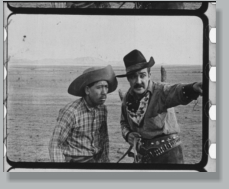

© Psychotropic Films LLC 2017

Precognition
An exciting discovery of a silent era film!
After a five year search, a silent era
black & white (Western) movie that was
thought lost forever, was discovered in
a film archive in the Netherlands. “The
Trail to Yesterday” has historical
significance as it was filmed in and
around Arivaca, Arizona - a rural town
close to the inter-national border with
Mexico.
Working with the EYEfilm Institute in
Holland, this 100-year old decaying
nitrate film has be carefully cleaned and
repaired in order to have it scanned
digitally in high-definition as a start to
the post-production work of restoration
and preservation, which will be
undertaken by Psychotropic Films
.
The challenge going forward will be that
the movie is incomplete due to a couple
of lost reels and footage lost to
degradation. Therefore, we’re going to
look at the book (the same name),
published in 1913 by Charles Alden
Seltzer, that the film was based on to
help the reconstruction of the story.
The goal of this project is to have the
reincarnated film ready for its 100th
anniversary at the annual Arivaca Film
Exhibition in March of 2019. This will
be an exciting homecoming for this
early film of the cinema!
In 2005 I filmed in the ghost town of
Ruby, Arizona for what I thought was
going to be a documentary piece on
migratory bats. But during the time
filming in Ruby, three elements
combined themselves - The town, the
caretaker and the bats - which led at the
time to my most ambitious and
subconsciously layered digital film - The
Outskirts of Infinity.
Now over ten years later, I’m working on
a docu-film “Spaces Between Time”
that will examine how my film “Outskirts”
managed to capture a moment of
convergence people, places and animal
spirits, that could never have been
imagined.

The film I have imagined for this project
is neither a documentary nor historical
account; rather the work will be an
experiential film of imagery and sound
that will take the viewer along into
space and the other world of the moon.
Viewing footage from Apollo, I see
revealed incredible visual artistry
produced by the cameras, depicting
light, shadows and other-worldly
landscapes which is embedded in the
nature of these films that were mostly
recorded for documentation purposes.
The Apollo Space Program developed
the ultimate man-machine interface that
allowed humans to live in a mechanical
womb of sorts to travel beyond the
protective Earth. This subtle yet
profound moment marked the crowning
achievement of the Industrial Age.
The Apollo moon landings were the
culmination of history in science,
engineering, technology and
industrialization on a mass scale that
came together to reach a goal that just
a few years before was considered just
a dream.
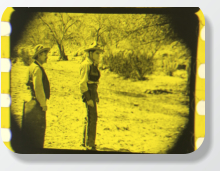
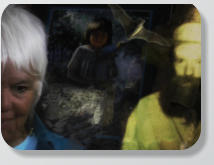
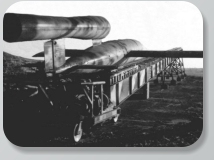

“The successful prediction of a future state, when there is no logical
way to predict that state from current observation.”
- from ‘Open Mind Discriminating Mind’
by Charles T. Tart 1989
Spaces Between Time
at the outskirts of Arivaca
The Trail to Yesterday (1918)
a reincarnation
Echoes of Apollo
a story of men and machines

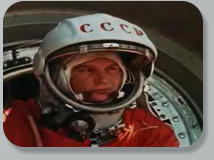
Valentina’s Dream in
Korolev’s Machine
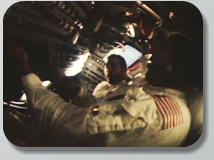


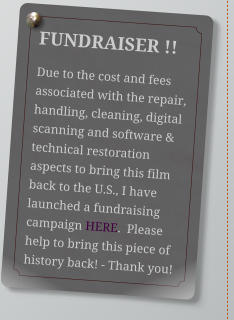
“I wanted to prove that anyone, a man or
a woman who was physically strong and
healthy, with a normal sense of balance
could do it, if they had the courage…” -
Sergei Korolev, Chief Designer.
“The courage” Korolev says. Valentina
Tereshkova was the first woman
Cosmonaut in 1963. At the time space
technology was primitive and dangerous,
where one was essentially hermetically-
sealed in a capsule mounted on top of an
ICBM rocket.
The Soviet Union at the time built unique
and original space technology that was
amazingly reliable for such an early
period. Korolev was the mastermind,
who worked under harsh conditions with
limited resources at a time when the
Soviet Union was recovering from 20-
million dead and a devastated country
following World War II.
I started this film about 2010 and see
amazing potential in revealing a lost
history. However, probably the most
amazing footing is locked away in
Russian archives and would take a large
expense to bring to the light. But even
what I assembled already as a good start
and I hope to see this project through.

